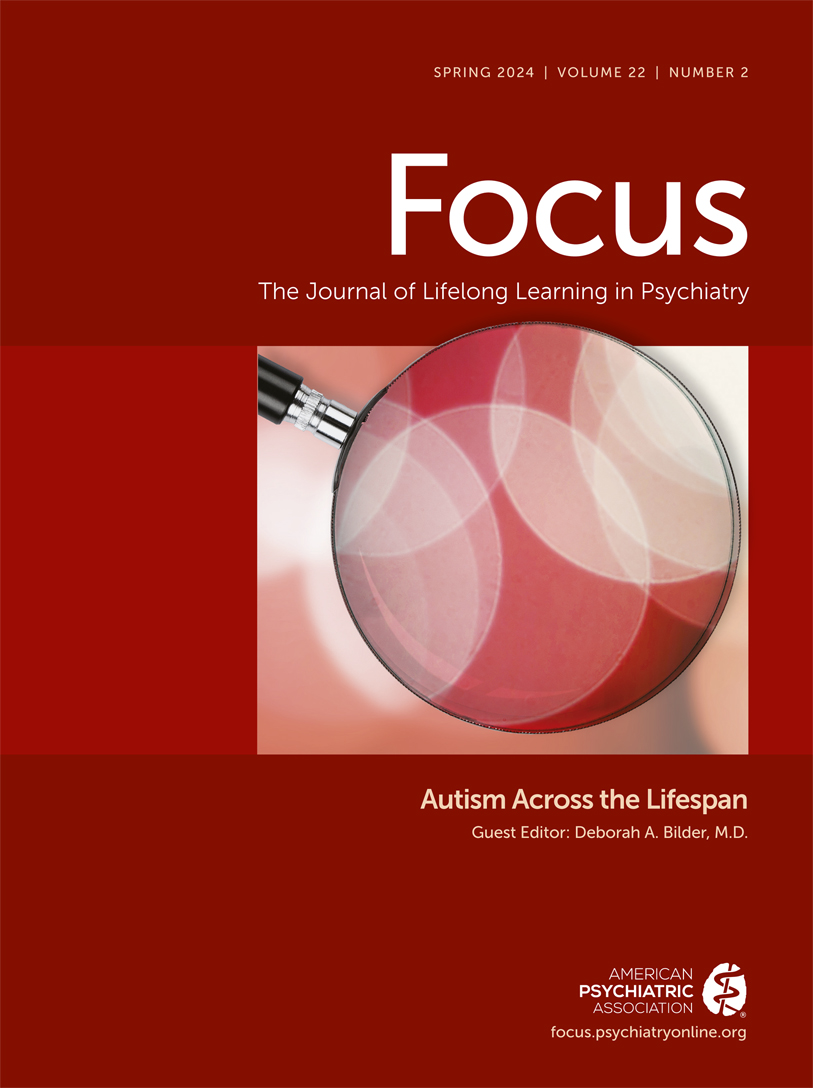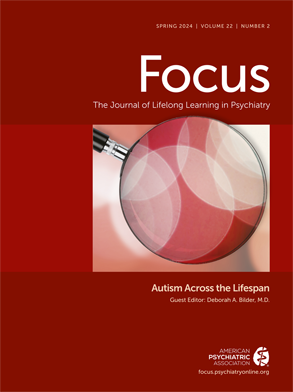An Update on Psychopharmacological Treatment of Autism Spectrum Disorder
Abstract
Introduction
Non-pharmacological (Behavioral) Interventions
Established Psychopharmacological Treatments
General Principles in Using Pharmacological Treatment in ASD
Serotoninergic Medications
Atypical Antipsychotics
Stimulant Medications
Alpha-2-adrenergic Agonists
Melatonin
N-acetylcysteine
Dietary Supplements
Emerging Targeted Treatments with a Possible Role in ASD
Oxytocin
Bumetanide
Metformin
Lovastatin
Cannabidiol
Arbaclofen
Trofinetide
Phosphordiasterase 4D Inhibitors
Anavex 2–73
Gene Therapy
Conclusion
Footnotes
References
Information & Authors
Information
Published In
History
Keywords
Authors
Competing Interests
Funding Information
Metrics & Citations
Metrics
Citations
Export Citations
If you have the appropriate software installed, you can download article citation data to the citation manager of your choice. Simply select your manager software from the list below and click Download.
For more information or tips please see 'Downloading to a citation manager' in the Help menu.
View Options
View options
PDF/EPUB
View PDF/EPUBLogin options
Already a subscriber? Access your subscription through your login credentials or your institution for full access to this article.
Personal login Institutional Login Open Athens loginNot a subscriber?
PsychiatryOnline subscription options offer access to the DSM-5-TR® library, books, journals, CME, and patient resources. This all-in-one virtual library provides psychiatrists and mental health professionals with key resources for diagnosis, treatment, research, and professional development.
Need more help? PsychiatryOnline Customer Service may be reached by emailing [email protected] or by calling 800-368-5777 (in the U.S.) or 703-907-7322 (outside the U.S.).

